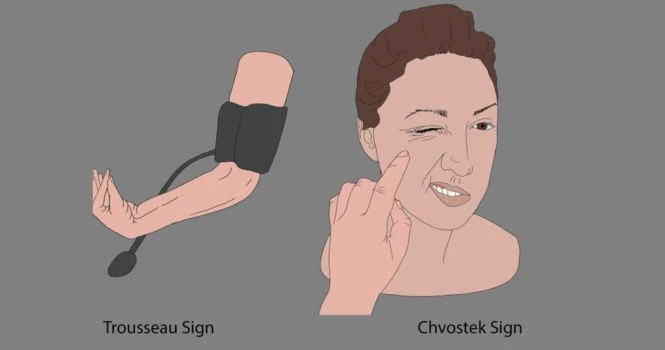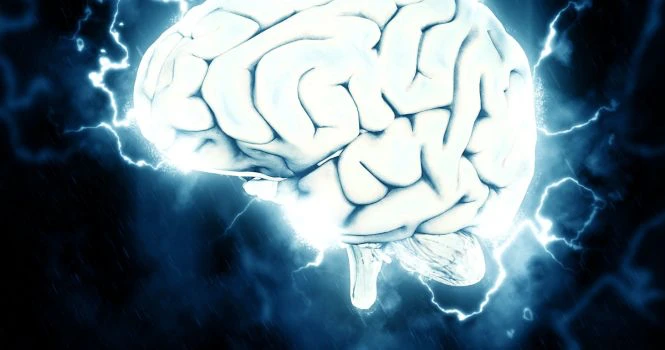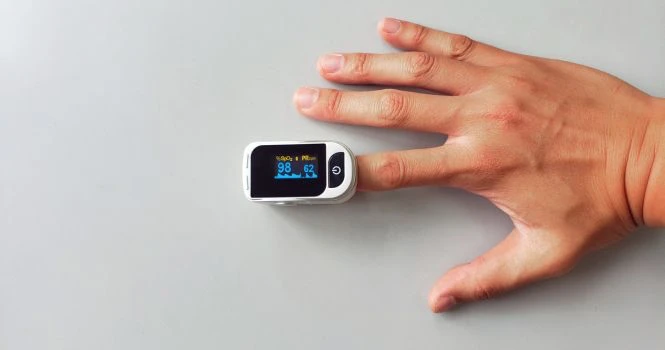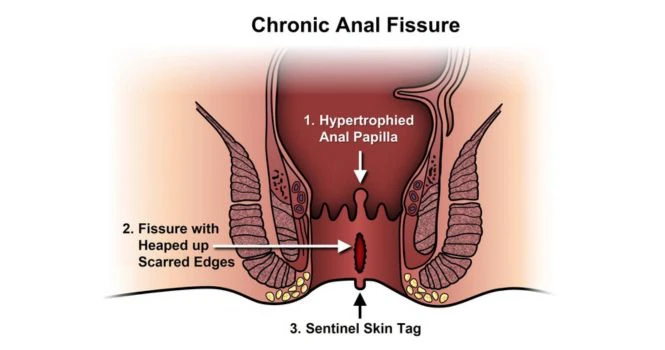Difference Between Tetanus and Tetany
Tetanus is caused by soluble exotoxin from the Clostridium Tetani, Whereas Tetany is a symptom, which may be due to electrolyte disturbances or due to low calcium and others.
The common confusion among students is due to the symptoms which are similar, which include numbness around the mouth and muscle spasms which is found in both and some confusion is attributed to the word Tetani in Clostridium Tetani and Tetany, which when pronounced sound the same.
Let’s understand them one by one
What is Tetanus?
Tetanus is caused by the organism Clostridium Tetani, which is an anaerobic (does not need oxygen to grow) spore forming bacilli.
These spores are found in soil, dust and in Gastrointestinal tract of many herbivorous animals like cattle, sheep, and goats .
The culprit is the exotoxin produced by the Clostridium tetani, which is called Tetanospasmin.
Whenever there is a cut, bruise or any wound, there is a possibility of the tetanus spores entering the wound and when bacilli find favorable conditions, they secrete the soluble exotoxin, which has an affinity for the nervous tissue and hence start causing symptoms, which start from the twitching of muscles around the mouth, and slowly spreads downwards.
Incubation period is 6 to 10 days and might be as long as a few weeks to several months. This long incubation period is attributed to the spores being dormant in the wound for a long time.
Tetanus is rare in developed countries as most are immunized and it’s a cause of concern in developing countries all over the world, particularly maternal and neonatal tetanus.
But the good news is, it is a completely preventable disease and hence it earned the tag, “Inexcusable disease”.
A lot cost vaccine is available and one must consult their family physician and get it.
Most of them are vaccinated as it is included in the vaccination schedule of most countries.
It must be remembered that the immunity wears down as we age and the protective antibodies will decrease and hence boosters are recommended every 10 years.
What is Tetany?
Tetany is a disorder which is caused by hyperexcitable peripheral nerves, which can be present as
- Numbness around the mouth
- Muscle cramps
- Tingling or pricking sensation in hands and feet
- Laryngospasm
- Seizures
Causes of Tetany
- Low Calcium (Hypocalcemia)
- Low Magnesium (Hypomagnesemia)
- Low Potassium (Hypokalemia)
- Disorder in acid base balance ( Metabolic Alkalosis)
- Hyperventilation (Respiratory Alkalosis)
In case, the person has tetany but is not showing any symptoms, then it’s called as Latent Tetany
Trousseau Sign and Chvostek Sign are used to find Latent Tetany.

Trousseau Sign
Trousseau Sign is elicited by using the sphygmomanometer cuff by raising the pressure to 20 mm of Hg more than the systolic pressure of the patient for 3 minutes, on the upper arm. You would see the sign as depicted in the image. This should not be tried at Home and must be use only by the Healthcare professional)
Positive Trousseau Sign is when there is contraction or spasms of muscles of the hand and also feet, called as carpopedal spasms, when there is no contraction or spasms, then the test is negative.
This sign is positive in case of Hypocalcemia, which may be due to vitamin D deficiency or hypoparathyroidism or due to medications.
Chvostek Sign
Chvostek Sign is elicited by tapping on the facial nerve on the face and the test is considered positive when there is muscle twitching on the same side of the face, and negative when there is no twitching of the facial muscles.












